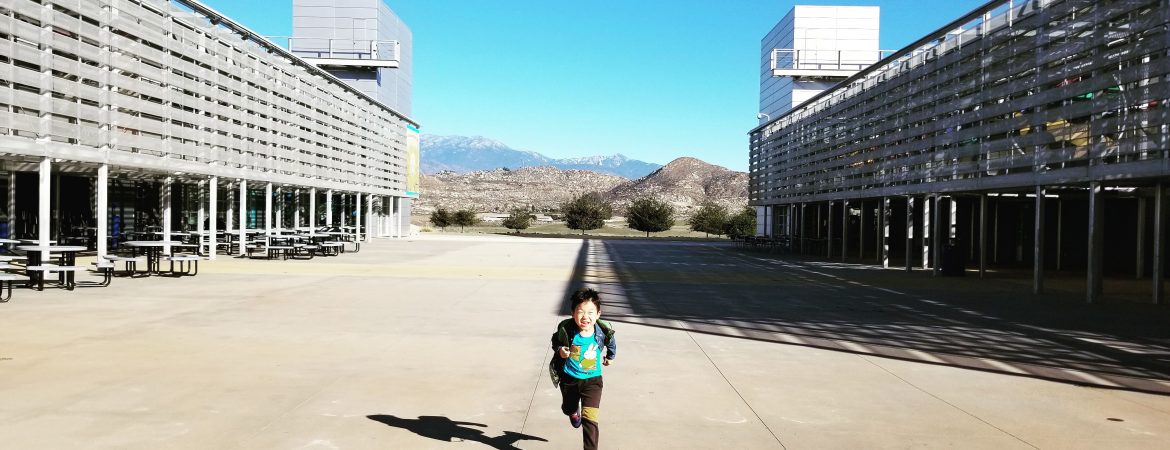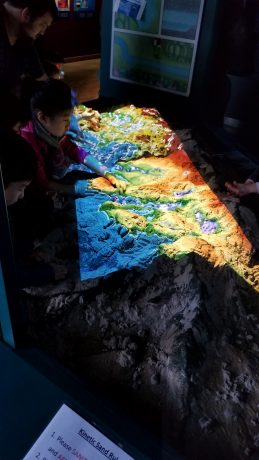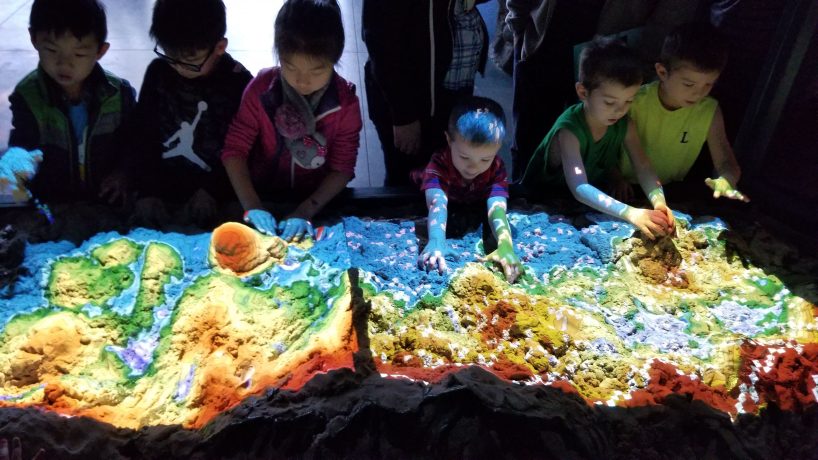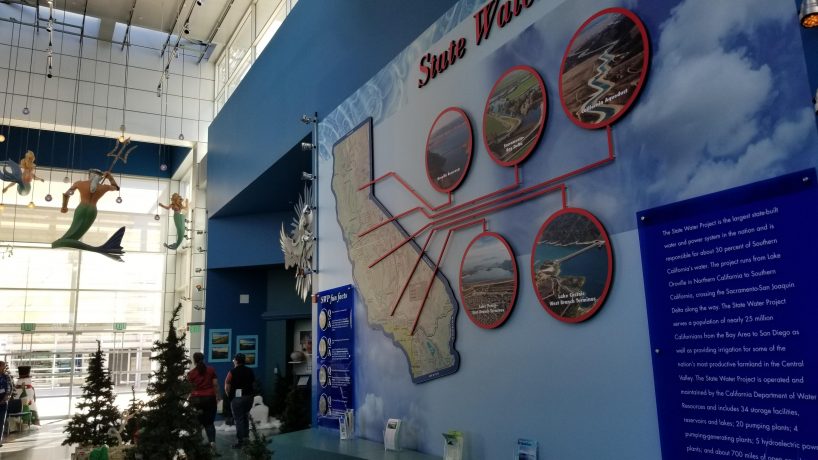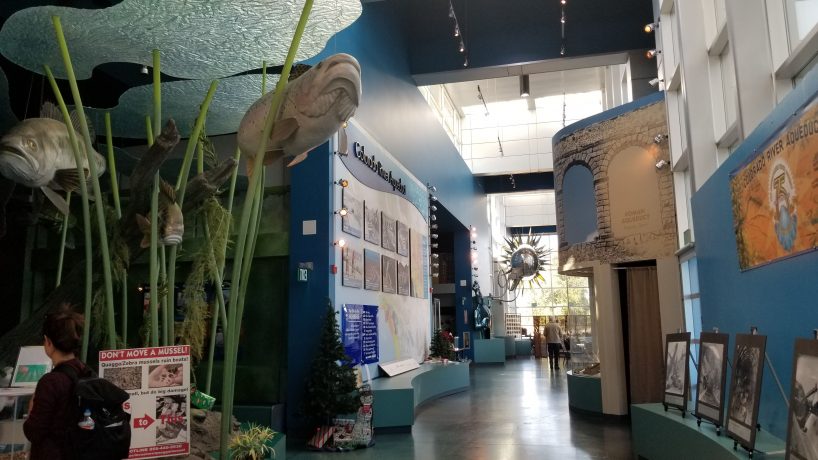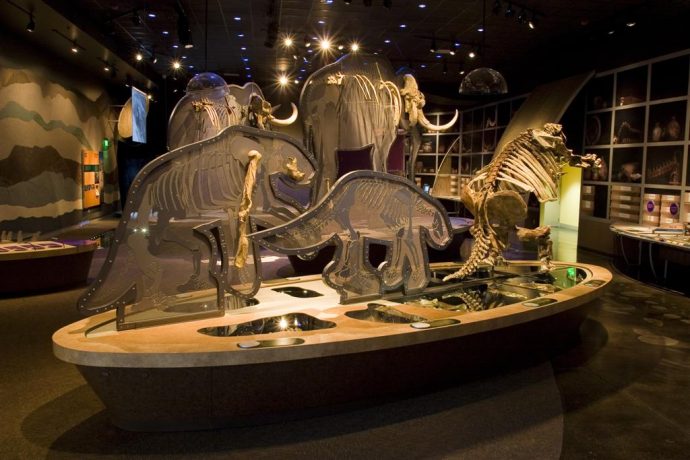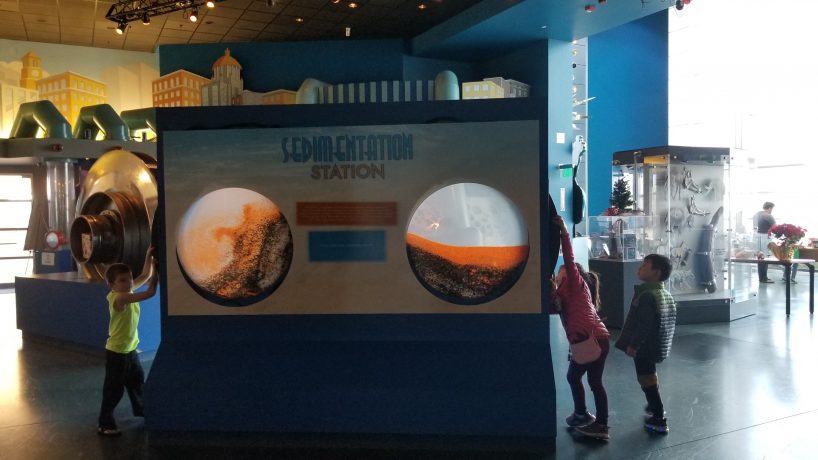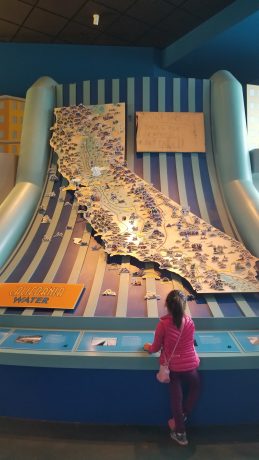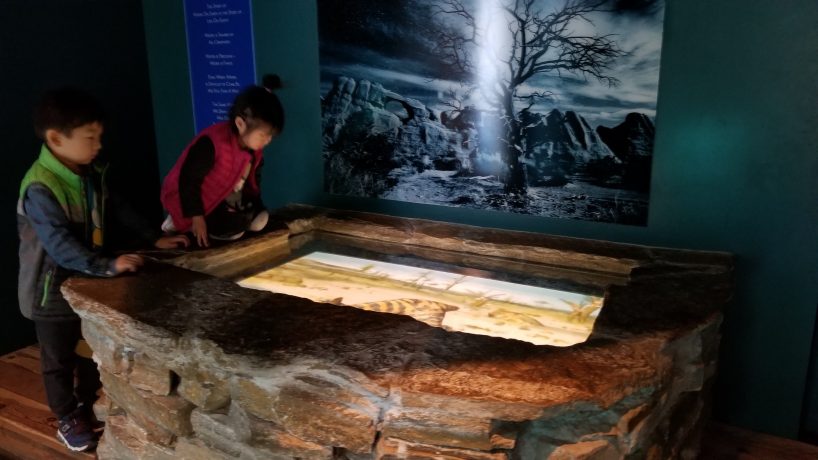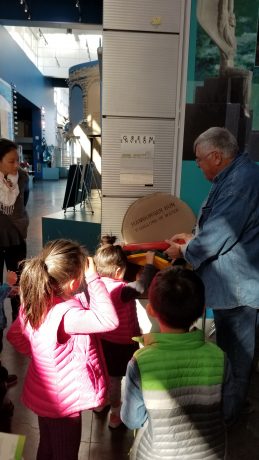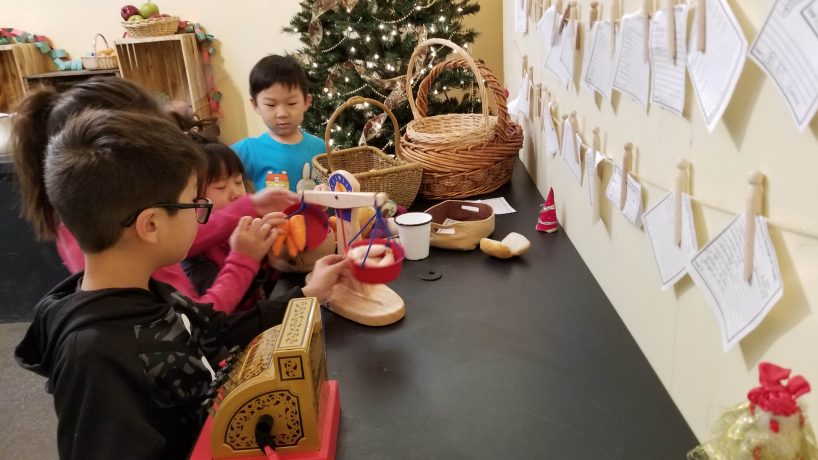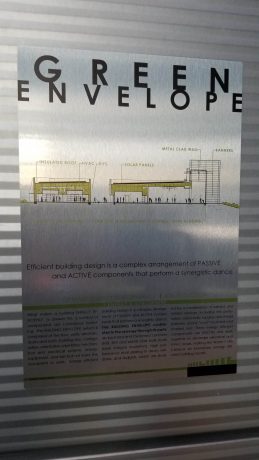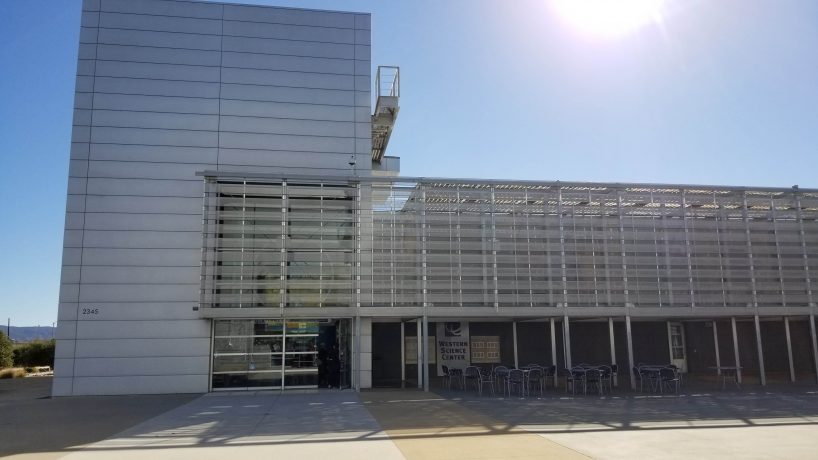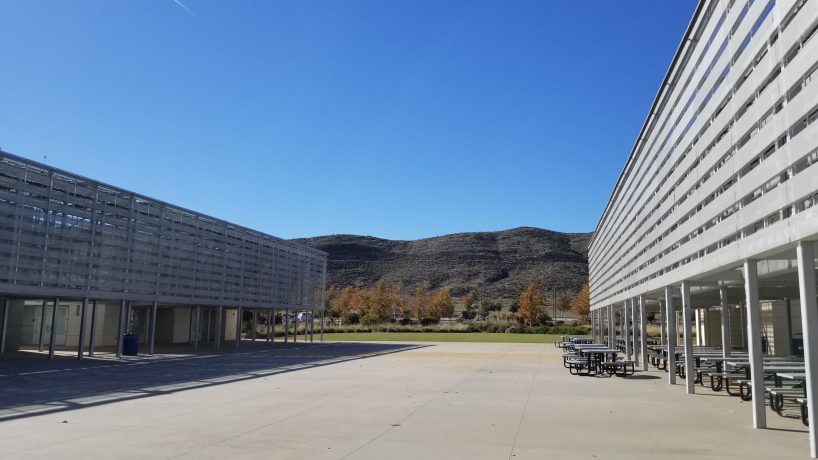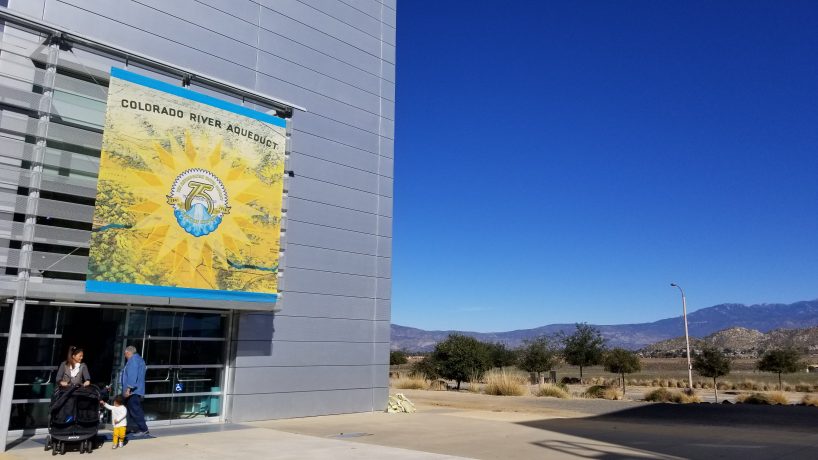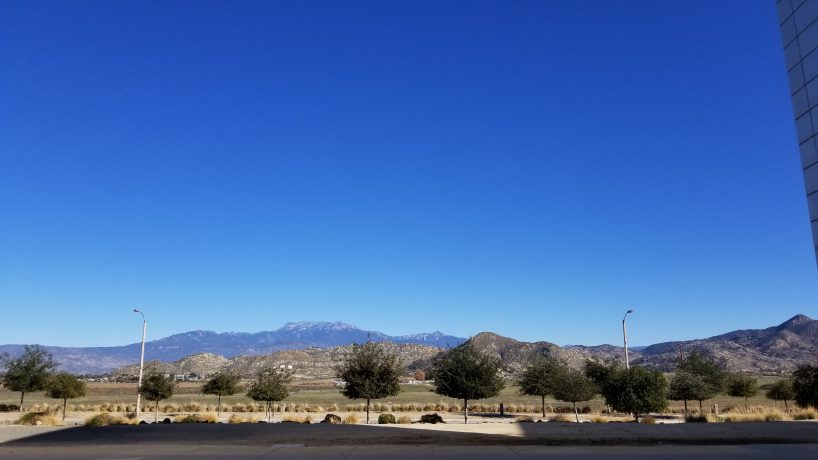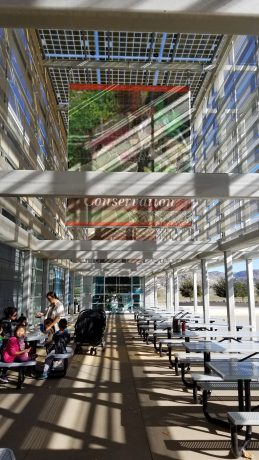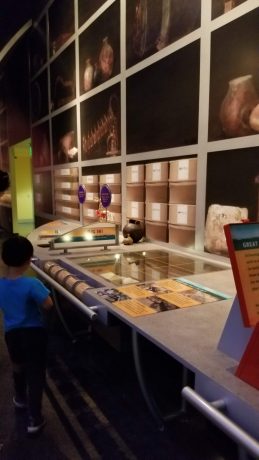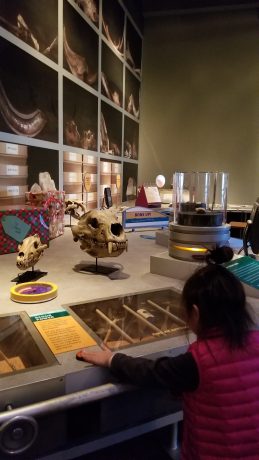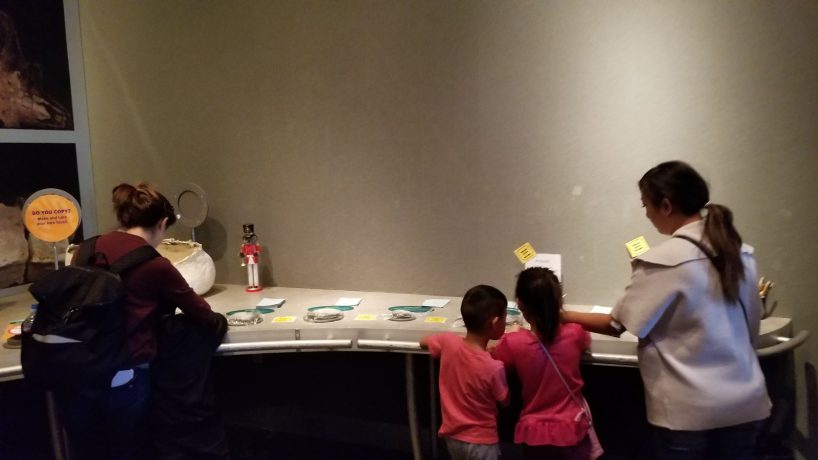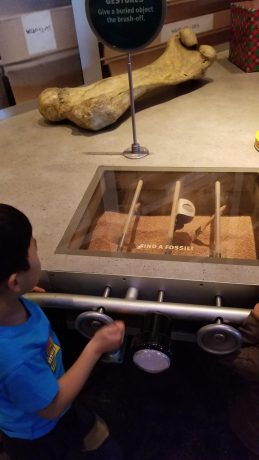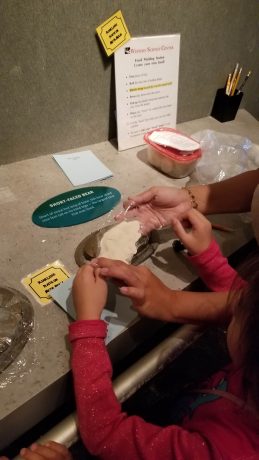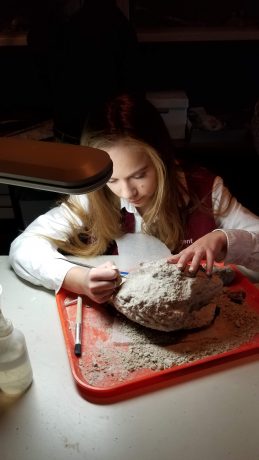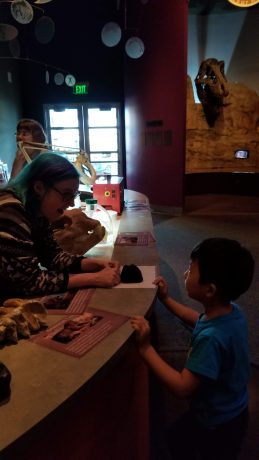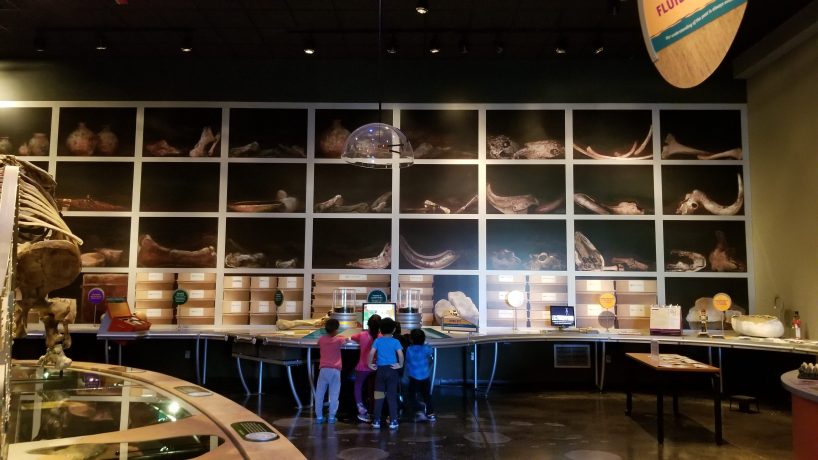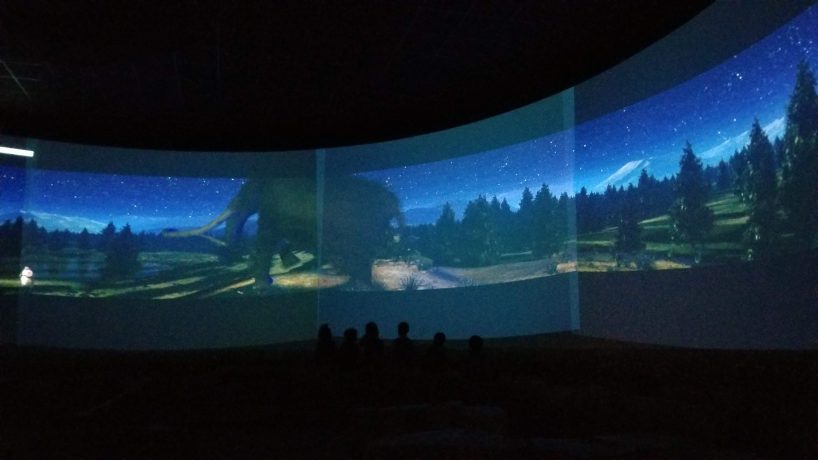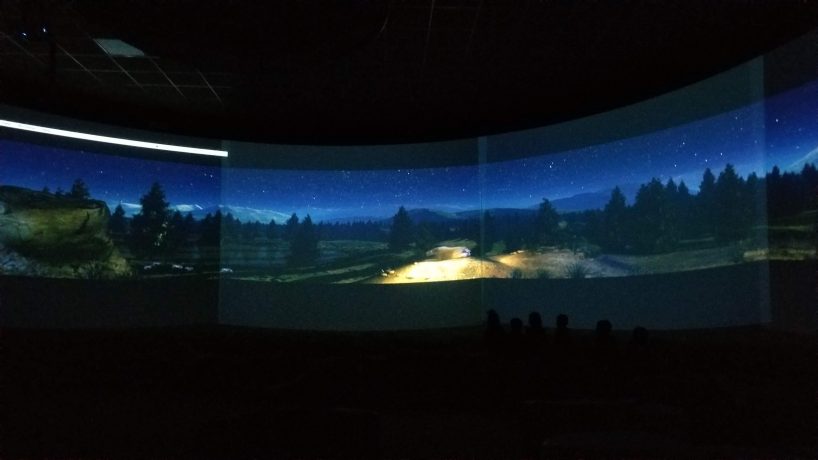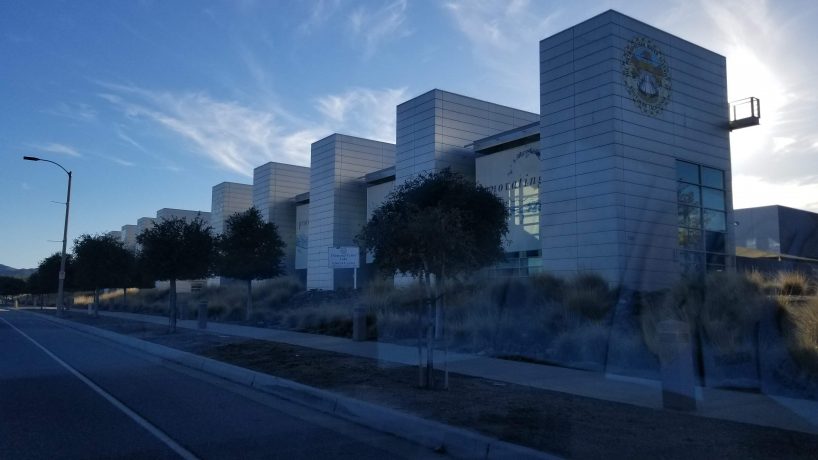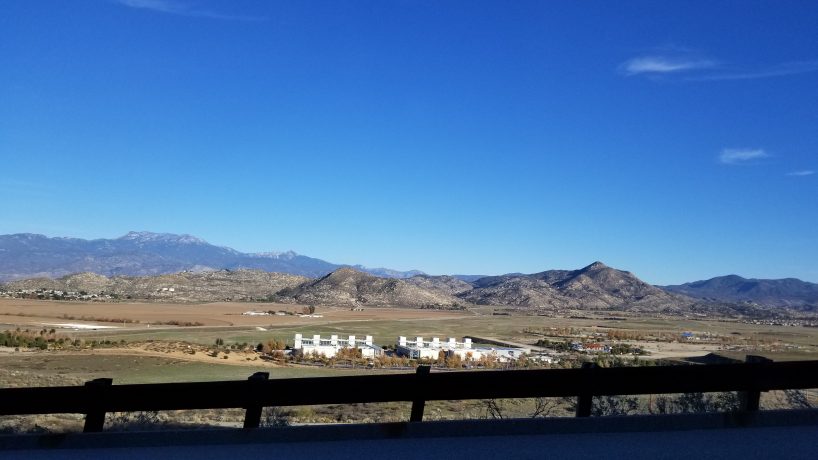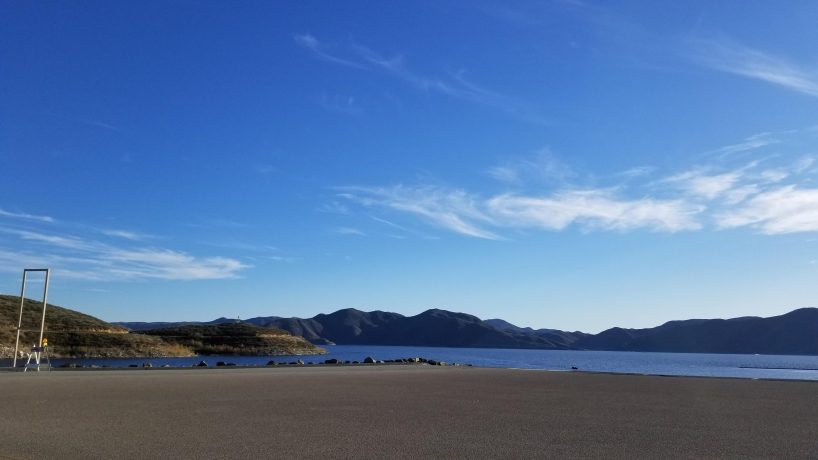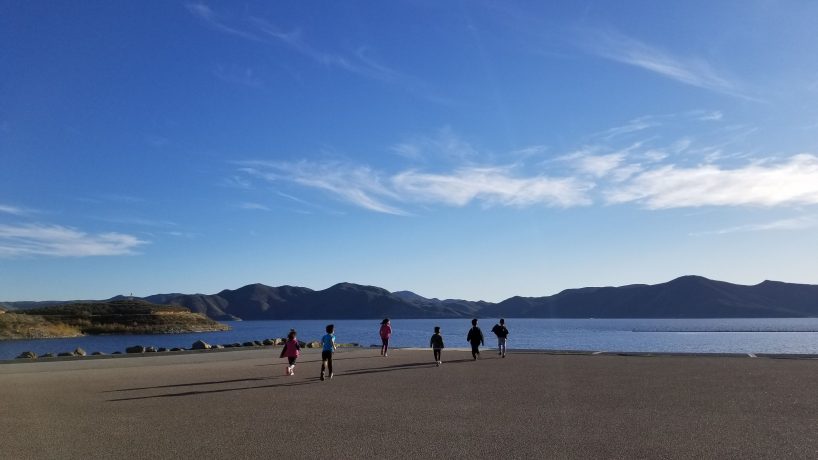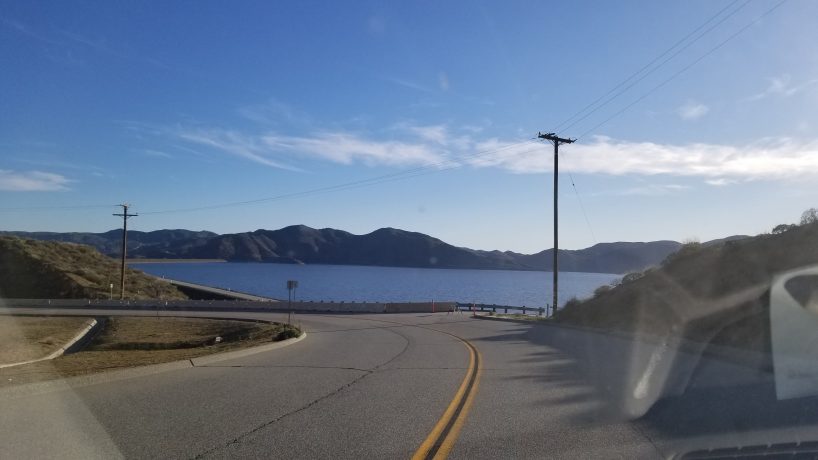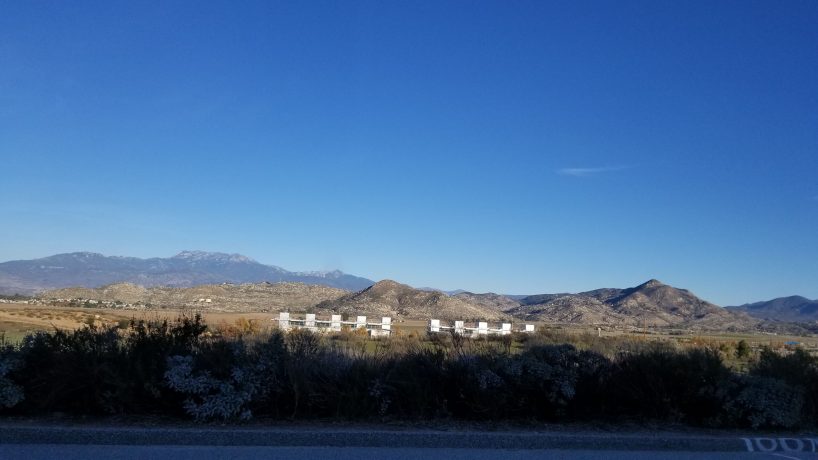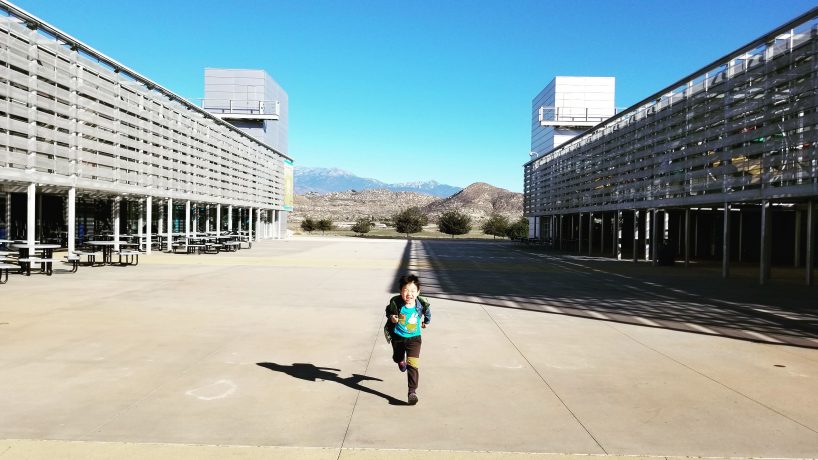The first time I ventured out to the far away city known as Hemet, California, was back in 2008. (Hemet is not too far from Temecula, an increasingly popular destination for families and wine lovers, but back in the day I had never heard of this mysterious locale). As a LEED - Leadership in Energy and Environmental Design-Accredited Professional in Interior Design, I jumped at the chance when offered to take a professional field trip along with some colleagues to view the first museum in the United States to be awarded the LEED Platinum Status by the US Green Building Council. Being there on the campus surrounded by the quietness and stillness of a vast desert landscape feels dreamlike for a city dweller like myself.
The 33,000 SF building includes solar panels on the roof, cold-water pipelines which run below the floor to reduce air conditioning, native foliage in its gardens which are low-irrigation and an extensive water-reclamation system throughout the campus. The building itself features insulated roofing, canopy shading, dual glazing, metal clad walls, and banners, all of which contribute to less power required to operate the facilities.
Originally founded in 2006, the museum emerged to house the important scientific discoveries made in the early 1990s while digging up the man-made reservoir now known as the Diamond Valley Lake in Hemet. At the time, it was the largest earthworks project in North America. The museum exists for advance knowledge of the region’s natural history with an emphasis on water to life in environment, research, and curation/presentation of nearly one million specimens discovered during that period. Some of the notable Ice Age permanent exhibits include “Max” the Mastodon and Harlan’s ground sloth. The museum was awarded an Affiliate Status by the Smithsonian Institution in 2008.
Before we entered the main building of the museum, we walked through a hall in a separate structure meant for educating the public on the importance of Waterways in the Southern California landscape. The most fascinating exhibit allowed us to “play with” magnetic sand where a topographic projector indicates which peaks and valleys are created to allow for a down stream of water. We went through the rooms turning disk shaped tanks to learn about sedimentation, how much water is used to create just 1 hamburger from bun to meat processing, and how to keep our oceans from being polluted. The helpful guides were always available and volunteered their knowledge to assure that the kids were taking away valuable information.
After a quick picnic lunch under the canopy structures and a much-needed run around taking in the warm sun and the scenery, we entered the main building of the museum. It was obvious we were going to see lots of fossils as the lead up to the doors labeled each time-period era. My personal favorite section was the first we visited – going through 19th Century California. We perused through relics from the time period, tinkered with a telegraph machine, went shopping in the general store, played a little bit of dress up, and partook in some games.
Snapshots in Time was a visually engaging section which not only displayed fossils from the Ice Age including “Max” the Mastodon, but also had plenty of hands-on fun. We carefully went through and selected each fossil we were interested in making and used clay and molds to create our own. As we lay them out to dry, we discussed local findings with some very friendly museum staff.
The circular immersion theater with the 270-degree screen was a welcome recollection and relaxation moment to sit down in a dim room and watch a couple of rather entertaining animated and documentary style features. The kids were very engaged through it all while sitting on boulder shaped benches.
After learning so much about the history of the Diamond Valley Lake, we felt the need to take the short drive up to view the lake. It was expansive and impressive for sure, and especially inconceivable that it was man-made! The sunset views were peaceful and breathtaking.
The trek out to Hemet from Los Angeles is worth the while for a visit to this fantastic institution and its surrounding landscape. Be sure to include the Lake in your itinerary and pack a meal or two so you can really take your time taking everything in at a snail’s pace. We all need days like this once in a while!
